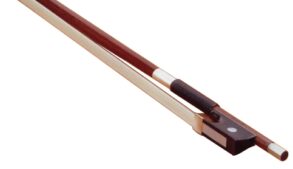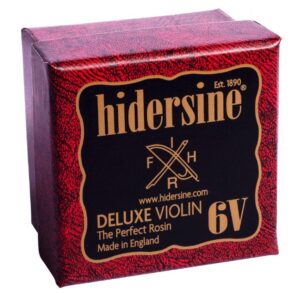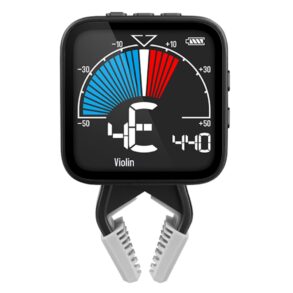Beethoven | Violin Romances in G major Op.40 and F major Op.50 |+Piano
€18.00
Beethoven may have turned to the term Romanze for his opp. 40 and 50 because no other title was at hand, the two works being without predecessors
Description
Not until the latter half of the eighteenth century did it become customary to use the term “romance” as a title for pieces of purely instrumental music. The earliest instance occurred in France, where F. J. Gossec, for the first time, referred to the slow movement of his Symphony op. 5, no. 2, of 1761–2 as a romance. In Vienna, the first composer to use the term was probably Carl Ditters von Dittersdorf, who applied it to the slow movement of his Symphony, op. 7, no. 1, of 1773. Later Haydn adopted it for his Symphony no. 85 and Mozart for his d-minor Piano Concerto (K. 466) and “Eine kleine Nachtmusik” (K. 525). The feature common to all these movements is a distinctively songlike quality. IV Apart from that, the term was not firmly associated with any particular genre or form. Beethoven may have turned to the term Romanze for his opp. 40 and 50 because no other title was at hand, the two works being, after all, isolated pieces without predecessors (his Romance cantabile for piano, flute, bassoon and orchestra of 1792–3 was destined to remain incomplete). The autograph manuscript of op. 40 (Beethoven-Haus, Bonn) is headed Romanze per il violino, that of op. 50 (Library of Congress, Washington) simply Romance. Both first editions preferred the French spelling. Little is known about the circumstances that gave rise to the two romances. An entry in conversation book no. 109, dated April 23rd, 1826, suggests that Beethoven wrote them for the violinist Ignaz Schuppanzigh (“He will play one of the romances that you wrote for him”).
Contents
- Violin Romance G major op. 40
- Violin 6 medium
- Violin Romance F major op. 50
- Violin 6 medium

Need Help Choosing?
Get in touch with a member of our team
Contact a member of our dedicated customer service team, and we will be happy to help you choose the right instrument for your needs.
Or text “Waltons Callback” with a short description of your query and a member of staff will call you as soon as possible to assist.
Can’t Get Through? Please see our list of contact numbers below
Head Office: 01 8207425
Blanchardstown Store: 01 9603232
Online Sales, Customer Service & Product Queries:
Fiona: 086-0284929 | 9.00am to 9.00pm Monday to Sunday
Niall: 087 2267740 | 9.00am to 9.00pm Monday to Sunday








You must be logged in to post a review.